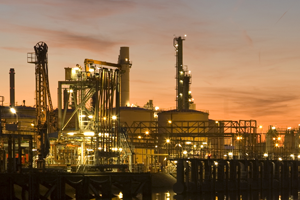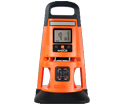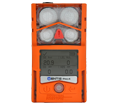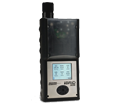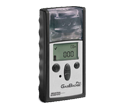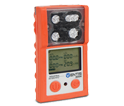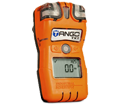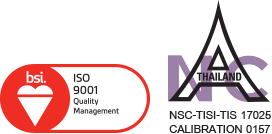Gas Detectors by Gas
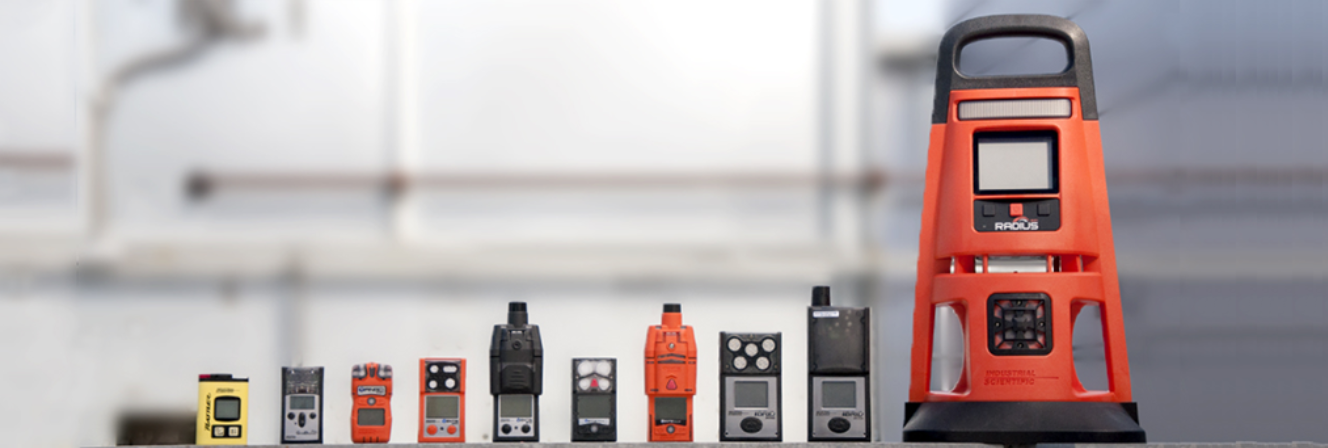
Gas Detectors
Helping you to go home safely at the end of the day
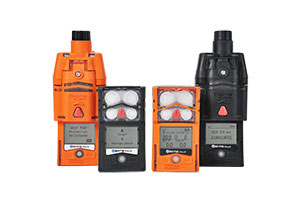
Gas detection technology is constantly evolving. We have come a long way from a canary in a cage or a flame lamp. Today’s gas detectors not only have better sensing technology, but are equipped with the wireless technology that will enable the workforce of the future, making people safer and more productive. Industrial Scientific strives to provide a complete integrated solution for gas detection that allows you to choose the right mix of equipment, software, and services that help your workers go home safely at the end of the day.
Gas Detectors By Gas
If you know which gases are most common in your industry and environment, this page can help you to find the right product. We carry a variety of gas detectors for the gases listed below.
Ammonium hydroxide, also known as aqueous ammonia, is a common solvent used in cleaning products and can be an ingredient in food products and fertilizers. Anhydrous ammonia (NH3) is the pure gas or compressed liquid form of ammonia that contains no water. It is used in the manufacturing of fertilizers, explosives, agricultural applications, cleaning fluids and in certain pharmaceuticals. Food and beverage companies use many tons of ammonia for refrigeration, flash freezing, and bulk storage, all running the risk of gas releases. Industrial Scientific’s personal single-gas detector GasBadge® Pro, or multi-gas detectors, including the Ventis® Pro, and the MX6 iBrid®, as well as the Radius® BZ1 Area Monitor reliably detect low ppm ammonia within the specified range.

Related Gas Detectors – Ammonia
Industrial Scientific’s portable multi-gas detectors provide reliable worker protection in industries that use carbon dioxide (CO2). Carbon dioxide emissions directly associated with construction, breweries, agriculture, machine shops, and biofuel production can pose a potentially deadly threat. Because it is odorless and colorless, workers can easily be overcome by high levels of CO2 in confined spaces. In addition to carbon dioxide detection, the MX6 iBrid® and Ventis® Pro multi-gas detectors monitor hydrogen sulfides, explosion limits, and inadequate levels of oxygen.
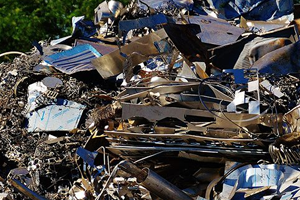
Related Gasdetectors – Carbon Dioxide
Carbon monoxide (CO) is used by the chemical industry in the production of inorganic chemicals, as a reducing agent in metals refining, in food packaging, steel mills, loading docks, and electrical utilities. Particularly in danger of carbon monoxide exposure, are workers near or within confined spaces where CO is a byproduct of combustions. These areas include manholes, splicing vehicles, garages, tunnels, loading docks, warehouses, and vehicle repair shops. Industrial Scientific provides single-gas carbon monoxide detectors including the GasBadge® Pro and Tango® TX1, multi-gas detectors including the Ventis® Pro with LENS™ Wireless, and the Radius® BZ1 Area Monitor.
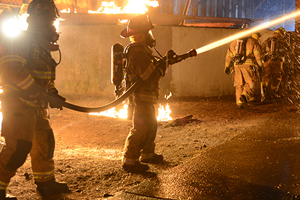
Related Gas Detectors – Carbon Monoxide
Chlorine (Cl2) is found in many industrial processes, including those used to make plastics and in the manufacturing of agricultural pesticides. It is used by pharmaceutical, food and beverage, pulp and paper, and electronics industries, as well as wastewater treatment facilities. Chlorine is also used in the manufacturing of gasoline additives, brake fluid, and antifreeze. Oil refineries inject chlorine directly into stacks to reduce sulfur emissions. Proper chlorine gas detection is essential in areas where workers are most likely to be exposed to toxic Cl2 gas, such as storage tank areas and near processing units. For the most reliable and accurate detection of chlorine gas, Industrial Scientific offers the Radius® BZ1 Area Monitor, the MX6 iBrid® portable multi-gas detector, and the GasBadge® Pro personal single-gas detector
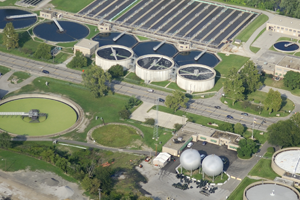
Related Gas Detectors – Chlorine
Chlorine dioxide (ClO2) is an anthropogenic gas, which means that it cannot be found naturally. Chlorine dioxide is most commonly used in bleaching processes of pulp, flour, and textiles, and in drinking water sanitation. The gas is highly flammable and reactive, and poses both a fire and explosion hazard. Industrial Scientific offers the GasBadge® Pro personal single-gas detector and the MX6 iBrid® personal multi-gas detector as popular gas monitors to keep workers safe in areas where chlorine dioxide gas may be present, including confined spaces, where explosive concentrations of the gas may accumulate.
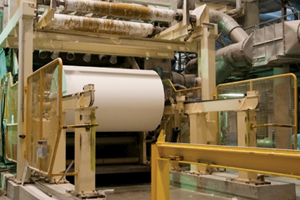
Related Gas Detectors -Chlorine Dioxide
Oil refineries use hydrogen (H2) to process crude oil into refined fuels such as gasoline and diesel and to remove contaminants from these fuels. Other industries that use hydrogen include chemical production, food processing, metal refining, and electronics manufacturing, where it is either delivered as compressed or liquid hydrogen, or generated on-site from water through electrolysis or from natural gas using a process called reforming. While hydrogen is not toxic, it is extremely flammable, and high concentrations of the gas in confined spaces will displace oxygen. With Industrial Scientific’s GasBadge® Pro personal single-gas detector workers can monitor exposure in areas where hydrogen may be present. In areas where workers could be exposed to additional gases, the MX6 iBrid® multi-gas detector or Radius® BZ1 Area Monitor will keep workers safe.
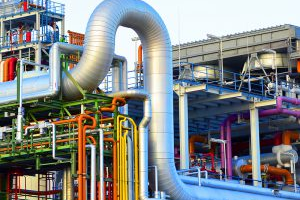
Related Gas Detectors – Hydrogen
Most hydrogen chloride (HCl) is used in the production of hydrochloric acid. It is also an important reagent in other industrial chemical transformations, such as the hydrochlorination of rubber and production of vinyl and alkyl chlorides. Other industries or applications where high levels of hydrogen chloride may occur include petrochemical facilities, cotton production, metal pickling, rubber manufacturing, and semiconductor manufacturing. Industrial Scientific’s MX6 iBrid® personal multi-gas detector, with a lifetime warranty, can simultaneously monitor up to six gases including hydrogen chloride, other toxic and combustible gases, oxygen, and volatile organic compounds (VOCs).
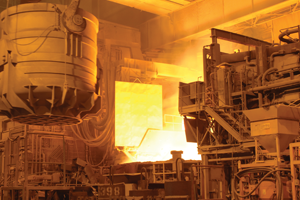
Related Gas Detectors – Hydrogen Chloride
Hydrogen cyanide (HCN) is a chemical compound in liquid form below 78°F (25.6°C), or a colorless gas above 78°F (25.6°C), and is extremely toxic. It is used for fumigation, electroplating, mining, chemical synthesis, and the production of synthetic fibers, plastics, dyes, and pesticides. Hydrogen cyanide is also accidentally rejected during reactions between cyanide and an acid, or during a nitrile fire or combustion. Although hydrogen cyanide gas is extremely flammable, it is most often detected under its toxic form (expressed in ppm) with an HCN gas detector. Industrial Scientific provides the GasBadge™ Pro personal single-gas detector, the Ventis® Pro and MX6 iBrid® multi-gas detectors, and the Radius® BZ1 Area Monitor to accurately monitor unsafe levels of hydrogen cyanide.

Related Gas Detectors – Hydrogen Cyanide
The use or production of hydrogen sulfide (H2S) is widely spread across industries and applications including iron smelters, landfills, food processing plants, and breweries. Nuclear power plants use hydrogen sulfide to produce heavy water, an alternative to regular water that enables nuclear reactors to use ordinary uranium fuel instead of enriched uranium, and farmers use H2S as an agricultural disinfectant. Hydrogen sulfide is highly flammable, explosive, and extremely toxic. To accurately monitor the many areas where this gas can pose a hazard, Industrial Scientific offers a variety of H2S gas detectors, including the Ventis® Pro Series, the Ventis® MX4, and the MX6 iBrid® personal multi-gas detectors, the Tango™ TX1, and GasBadge® Pro single-gas monitors, the Radius® BZ1 Area Monitor, and the T40 Rattler®, a low-cost, maintenance-free single gas detector for use in the most extreme conditions.
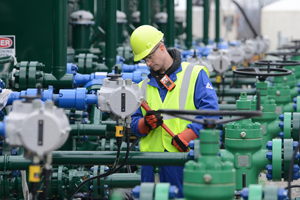
Related Gas Detectors – Hydrogen Sulfide
Methane (CH4) is the principal component of natural gas and is primarily used as fuel to make light and heat. It is used by industries including pulp and paper, food processors, and in petroleum refineries. Methane-based combustion also helps businesses dry, dehumidify, melt and sanitize their products. Methane gas is flammable and should be monitored in enclosed or underground spaces such as mines and power plants. It also poses the danger of asphyxiation, as it displaces oxygen. Industrial Scientific’s Ventis® Pro Series, Ventis® MX4, and MX6 iBrid® multi-gas detectors, and Radius® BZ1 Area Monitor provide robust, accurate monitoring of methane and other gases in areas where worker safety may be compromised.
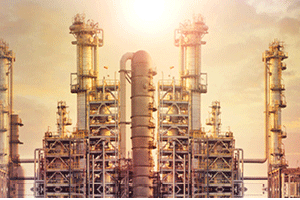
Related Gas Detectors – Methane
Nitric oxide (NO) is a nonflammable, extremely toxic, oxidizing gas with a sweet, sharp odor. Nitric oxide may be released by the action of nitric acid on metals, such as in metal etching and pickling, and is a by-product of combustion of substances in fossil fuel plants. It can be produced by the oxidation of nitrogenous materials, used as an intermediate in the synthesis of nitric acid, as a decomposition agent in certain gaseous products, and in semiconductor manufacturing. Nitric oxide is converted spontaneously in air to nitrogen dioxide; therefore some NO2 is likely to be present when nitric oxide is detected in the air. With the ability to accurately detect up to 6 gases, Industrial Scientific’s MX6 iBrid® portable multi-gas detector is the ideal instrument for nitric oxide and nitrogen dioxide gas detection.
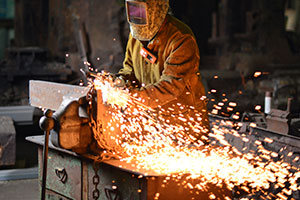
Related Gas Detectors – Nitric Oxide
Nitrogen dioxide (NO2) is an extremely toxic byproduct of the burning of hydrocarbons. Major sources of NO2 are internal combustion engines (diesel engines), and thermal power stations. Other sources of nitrogen dioxide include petroleum and metal refining, electricity generation from coal-fired power stations, other manufacturing industries, and wastewater treatment plants. Regardless of industry or application, Industrial Scientific offers a wide range of nitrogen dioxide gas detection instruments including the Tango® TX1 and GasBadge® Pro single-gas detectors, the Ventis® Pro, Ventis® MX4, MX6 iBrid® multi-gas detectors, as well as the Radius® BZ1 Area Monitor.

Related Gas Detectors – Nitrogen Dioxide
Accurate oxygen (O2) level measurements are essential in preventing injury or death in situations where safe levels may be compromised. Oxygen gas detection instruments will typically trigger an alarm when the oxygen level drops below 19.5% volume, the OSHA-mandated level. The most common use of oxygen gas detection is in confined spaces – totally or partially closed areas generally not designed to be permanently occupied. It is essential that an O2 gas sample is drawn prior to entering these spaces, and is continuously monitored after entry. Industrial Scientific provides a range of monitors including the GasBadge® Pro single-gas detector, the Ventis® Pro, Ventis® MX4, MX6 iBrid® multi-gas detectors, and the Radius® BZ1 Area Monitor, to monitor oxygen levels.
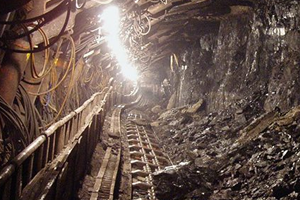
Related Gas Detectors – Oxygen
Phosphine (PH3), a highly toxic, flammable gas, is used in the semiconductor industry, in chemical processing, and more commonly in fumigation of grain, food products, and tobacco, prior to international transport. Industrial Scientific’s GasBadge® Pro accurately displays levels of phosphine, and the Ventis® Pro and MX6 iBrid® multi-gas detectors with an aspiration pump option to measure phosphine levels in confined spaces, such as fumigation containers.
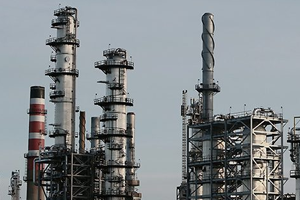
Related Gas Detectors – Phosphine
Sulfur dioxide (SO2) is a colorless, extremely toxic gas with a strong odor. Common applications of sulfur dioxide include sulfuric acid production, pulp and paper mills, chemical processing, food and beverage, coking operations and petroleum refineries. Since coal and petroleum often contain sulfur compounds, their combustion will generate SO2 unless the sulfur compounds are removed before the fuel is burned. To keep workers safe from sulfur dioxide exposure, as well as other hazardous gases that may be present, Industrial Scientific offers a wide range of portable gas detection instruments including the Tango® TX1 and GasBadge® Pro single-gas detectors, the Ventis® Pro, Ventis® MX4, MX6 iBrid® multi-gas detectors, as well as the Radius® BZ1 Area Monitor.
